In a world where sustainability, slow travel, and reducing carbon footprints matter more than ever, a new trend is taking off—without leaving the ground. Welcome to the world of no-fly travel itineraries. Whether you’re avoiding airports for environmental, financial, or personal reasons, land and sea journeys offer rich, immersive travel experiences without the turbulence.
From scenic train rides and road trips to ferries, cruises, and canal boats, there are countless ways to explore the world at a slower pace. In this guide, we’ll walk you through planning creative no-fly travel itineraries that don’t just get you from point A to B—they become part of the adventure itself.
Why Choose a No-Fly Vacation?
- Lower Carbon Footprint: Trains and ships produce significantly fewer emissions per passenger compared to planes.
- Stress Reduction: No TSA lines, no airport delays, no cramped seating.
- Scenic Routes: You’ll see landscapes unfold in real-time, from mountains to coastlines.
- Unique Local Connections: Overland and sea travel encourages you to stop, explore, and engage with smaller towns and communities.
- Budget Flexibility: Train and ferry travel can be more affordable than flights, especially if planned in advance.
No-fly travel itineraries are more than a logistical workaround—they’re a deliberate choice to embrace a slower, more meaningful style of travel.
How to Plan a No-Fly Trip: Key Considerations
- Set Your Scope: How far do you want to go? What’s your time budget?
- Research Rail and Ferry Networks: Especially in Europe, Southeast Asia, and parts of North America.
- Build in Buffer Days: Overland travel can be slower—leave room for spontaneity.
- Use Travel Passes: Consider Eurail, Interrail, or regional passes to save money and simplify logistics.
- Pack Light: You’ll be moving more often, so compact luggage is essential.
Europe No-Fly Itinerary: Paris to Venice by Rail & Boat
Start in Paris, wander its neighborhoods, and then board a high-speed train to Switzerland. Spend two nights in Lucerne before continuing via scenic rail through the Alps to Milan. From there, head to Venice—where your “final flight” is a vaporetto (water bus) through the canals.
- Paris → Lucerne → Milan → Venice
- Highlights: Alpine vistas, lakeside villages, and the art of slow European travel
- Travel Time: 4–7 days

North America No-Fly Itinerary: West Coast by Rail & Sea
Board Amtrak’s Coast Starlight in Los Angeles and travel north through California, Oregon, and Washington to Seattle. After a few days exploring the Emerald City, hop aboard a ferry to Vancouver, Canada. Want to keep going? Catch a scenic BC ferry to Vancouver Island and explore Victoria’s charming harbor.
- Los Angeles → San Francisco → Portland → Seattle → Vancouver
- Highlights: Pacific Coast views, national parks, ferry rides
- Travel Time: 7–10 days
Southeast Asia No-Fly Itinerary: Bangkok to Hanoi by Train
Begin in Bangkok, explore street food and temples, then take the train to Vientiane, Laos. From there, catch an overnight train into Vietnam, stopping in Hanoi. It’s a journey rich in culture, local interaction, and tropical scenery—all without boarding a plane.
- Bangkok → Vientiane → Hanoi
- Highlights: Mekong River views, authentic food stops, immersive travel
- Travel Time: 8–12 days
UK No-Fly Itinerary: England to Scotland by Historic Rail
Start in London and journey through the Lake District and into Edinburgh via classic rail lines. Consider a detour on the Jacobite Steam Train—the real-life Hogwarts Express. Continue to the Scottish Highlands or loop back via sleeper train for an unforgettable round trip.
- London → York → Edinburgh → Highlands
- Highlights: Literary charm, castle stops, stunning rural landscapes
- Travel Time: 5–7 days
Cruise-Style No-Fly Itinerary: Scandinavia by Ferry
Ferries crisscross Scandinavia, making it ideal for sea-based itineraries. Start in Copenhagen, ferry to Oslo, then hop over to Gothenburg and finally Helsinki. It’s a low-stress way to see multiple countries—and the journey is half the fun.
- Copenhagen → Oslo → Gothenburg → Helsinki
- Highlights: Seafaring culture, coastal cuisine, maritime architecture
- Travel Time: 6–8 days
Tips for Booking a No-Fly Adventure
- Use multi-modal planners: Rome2Rio, Rail Europe, and ferry booking sites are your best friends.
- Be flexible: Overland journeys often require more patience but bring greater rewards.
- Consider overnight options: Sleeper trains and night ferries save time and accommodation costs.
- Read the fine print: Some ferries are seasonal. Check availability before building your itinerary.
Pros and Cons of No-Fly Travel
Pros: More scenic travel, lower environmental impact, fewer security hassles, deeper cultural immersion
Cons: Slower travel pace, limited options in some regions, longer planning process

We’d Love to Hear from You!
Have you planned a no-fly trip recently? What were your favorite routes or unexpected challenges? Share your journey in the comments—we’d love to hear your take on travel without takeoff.
Follow us on social media for more itinerary inspiration, eco-travel ideas, and insider tips on crafting unforgettable land and sea escapes.
Conclusion: Redefining Travel with No-Fly Itineraries
In a world of endless airports and fleeting flyovers, no-fly travel itineraries invite us to slow down and see more. Trains, ferries, buses, and road trips transform the journey into the destination, reconnecting us with landscapes, cultures, and ourselves.
So next time you plan a getaway, skip the terminal—and rediscover the joy of grounded exploration.
Catch up on the top stories and travel deals by subscribing to our newsletter!

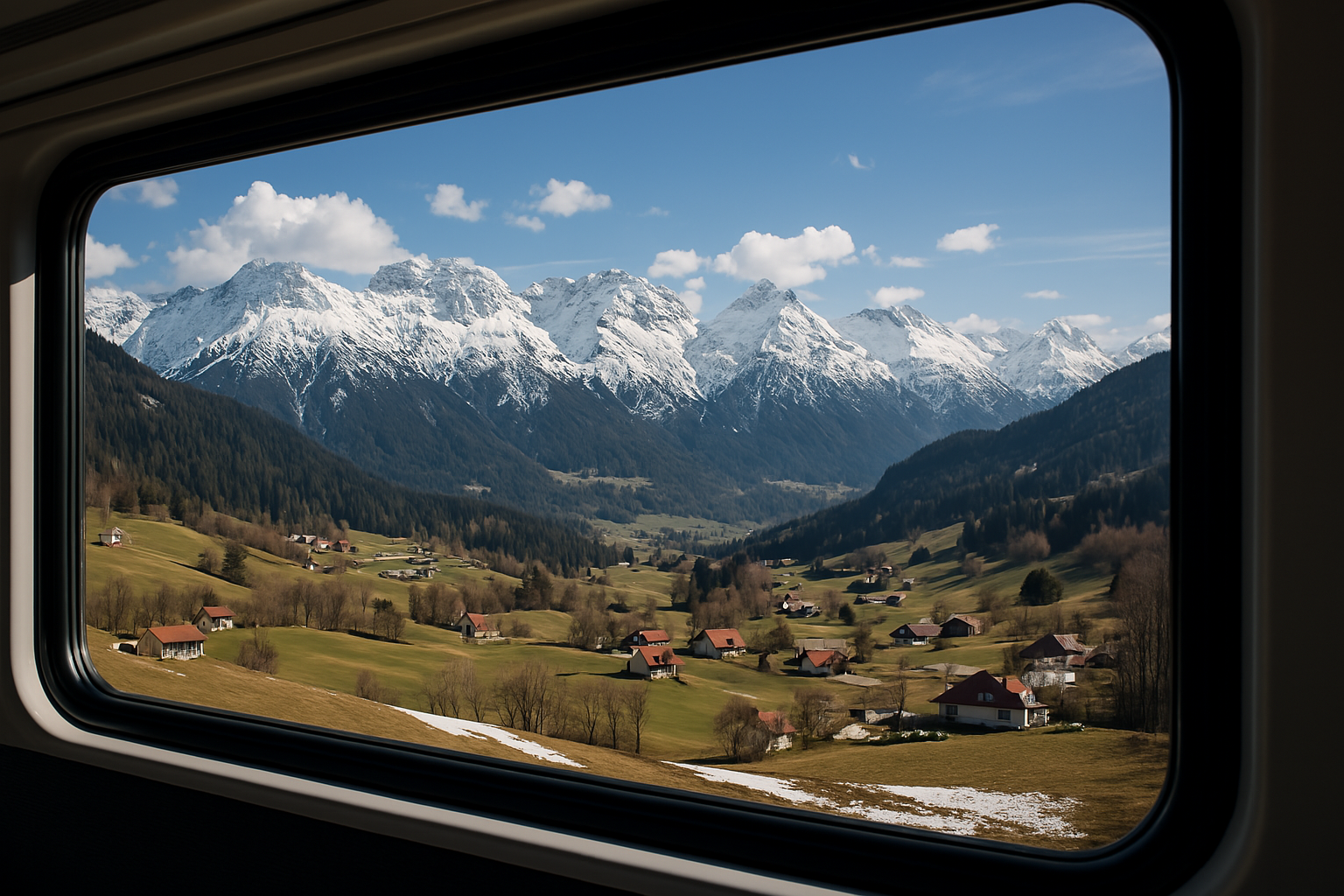


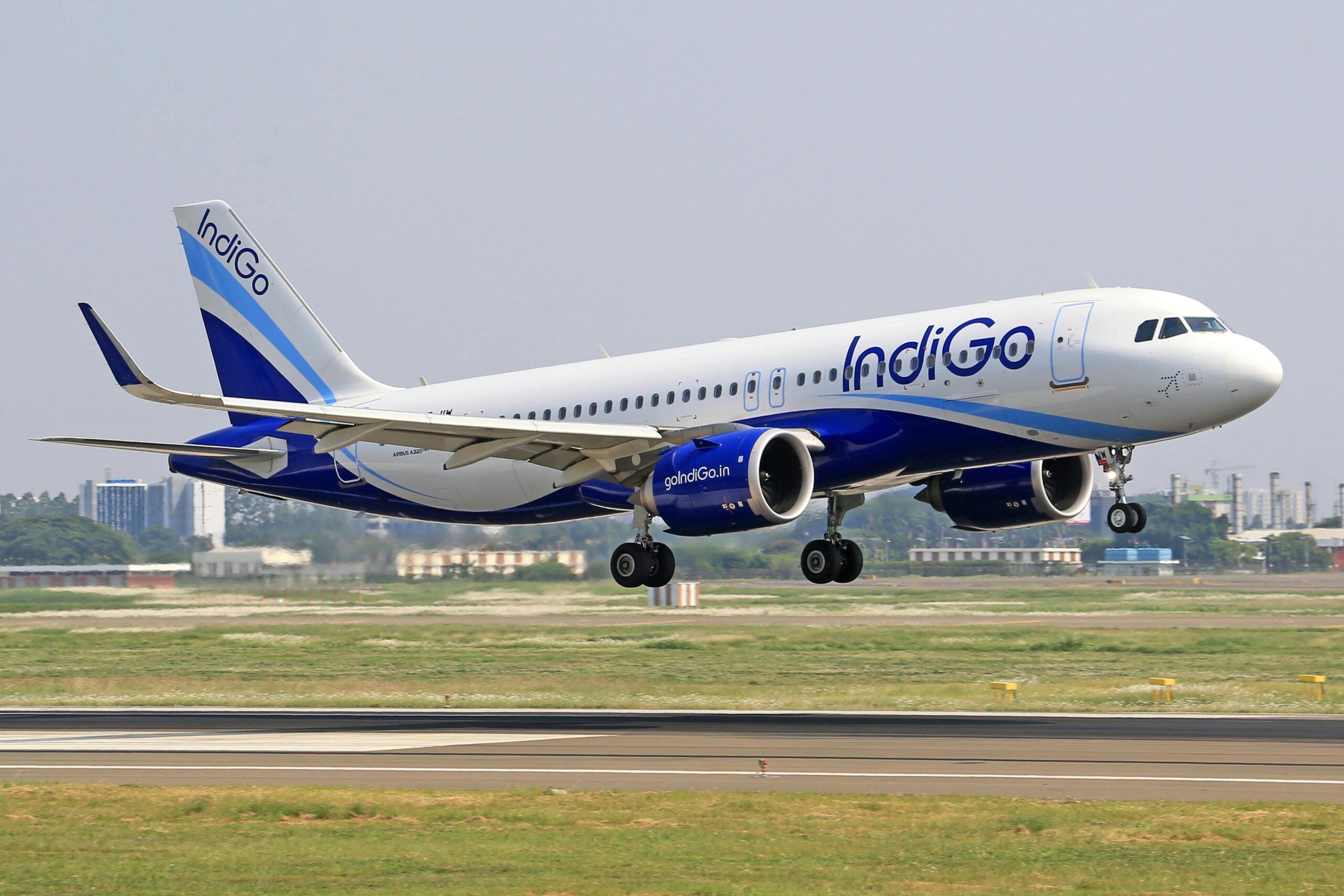
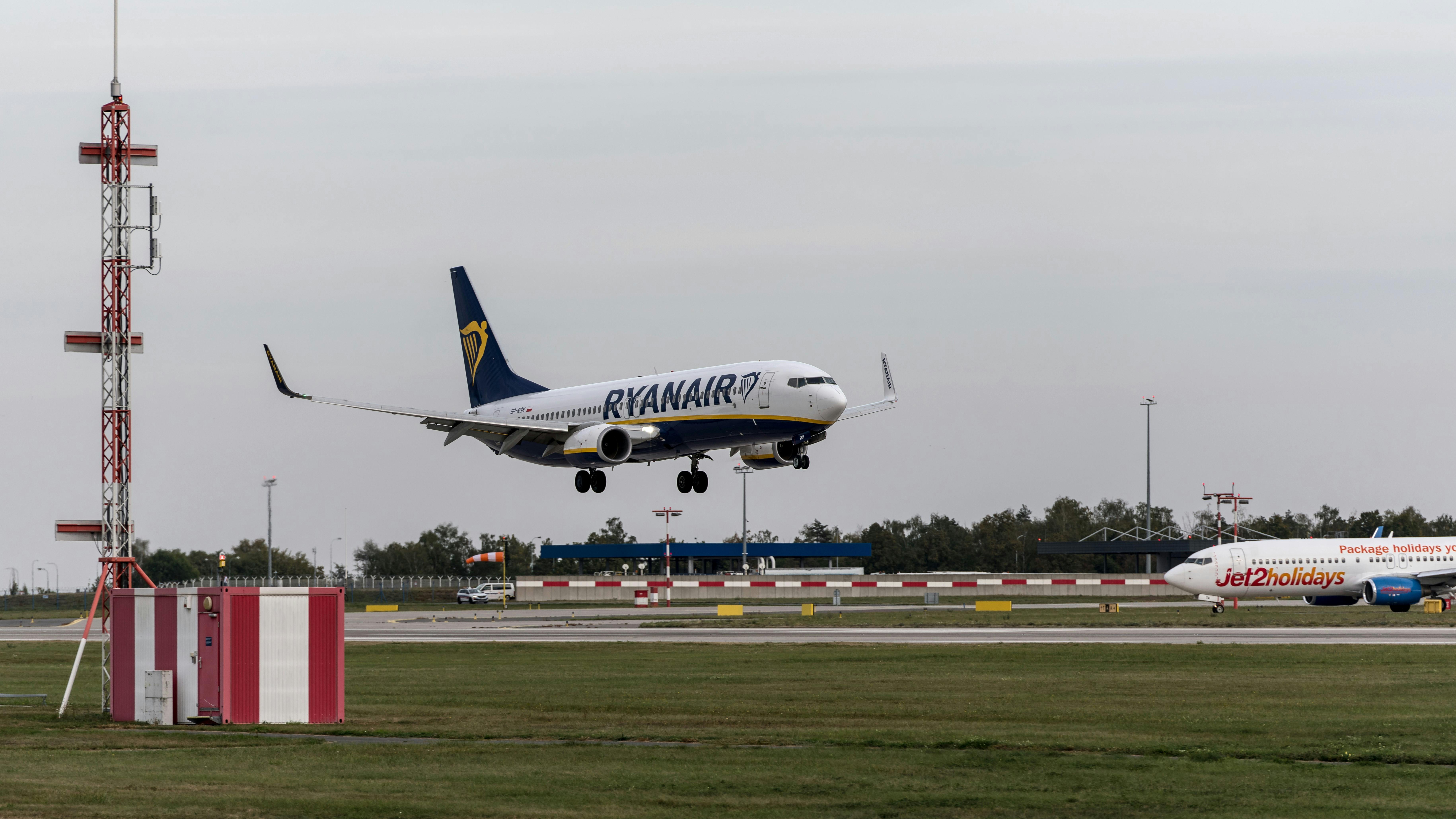
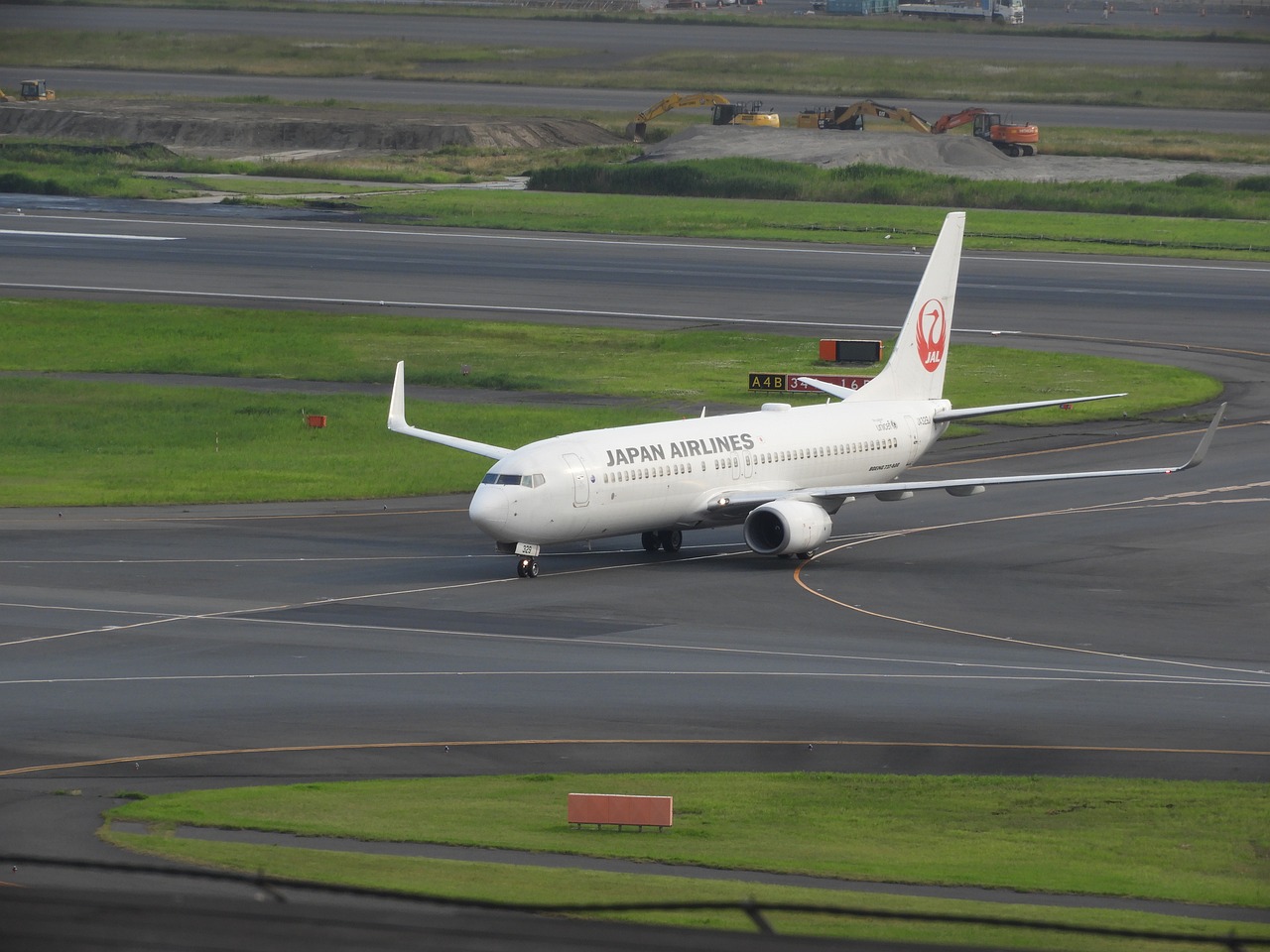
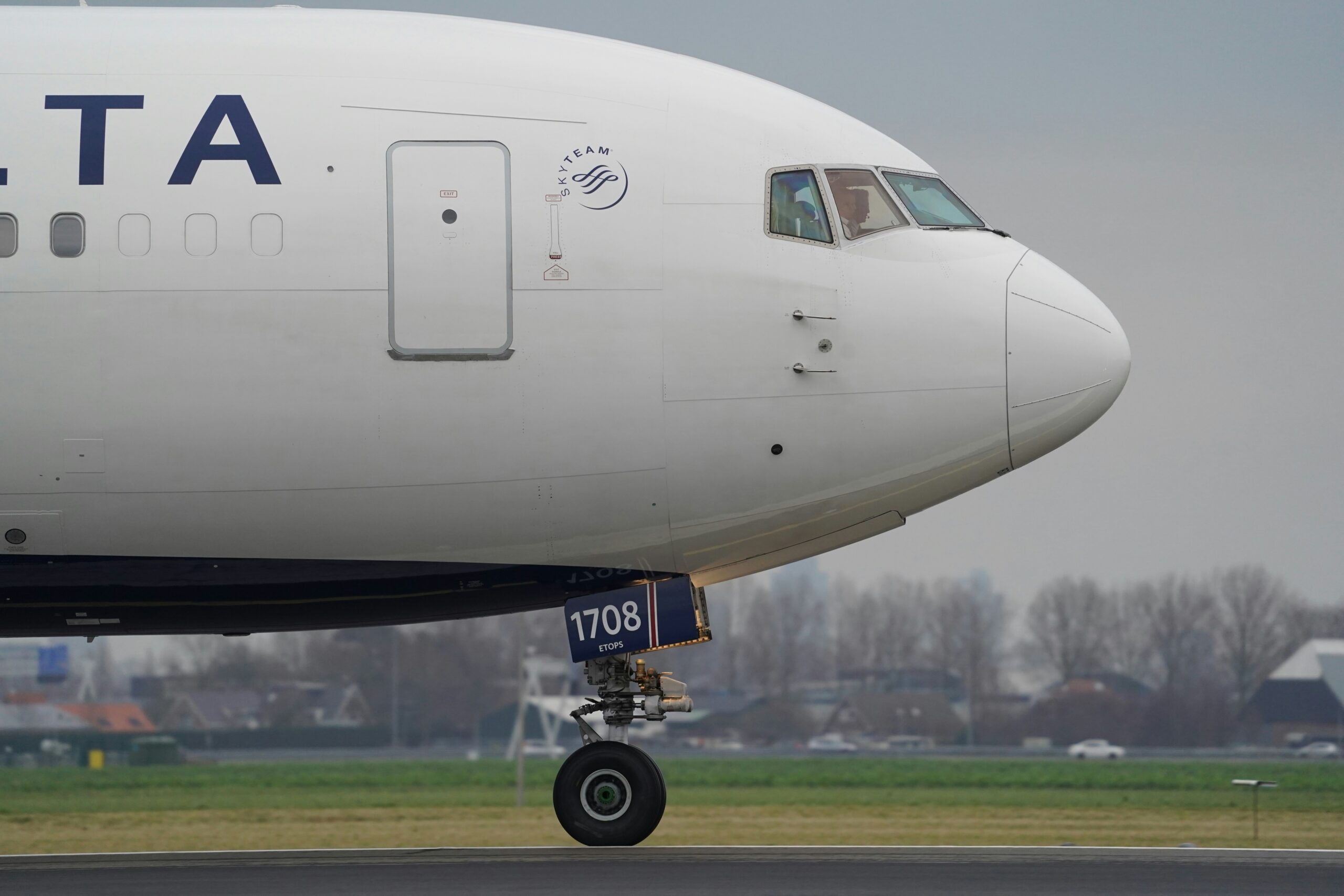


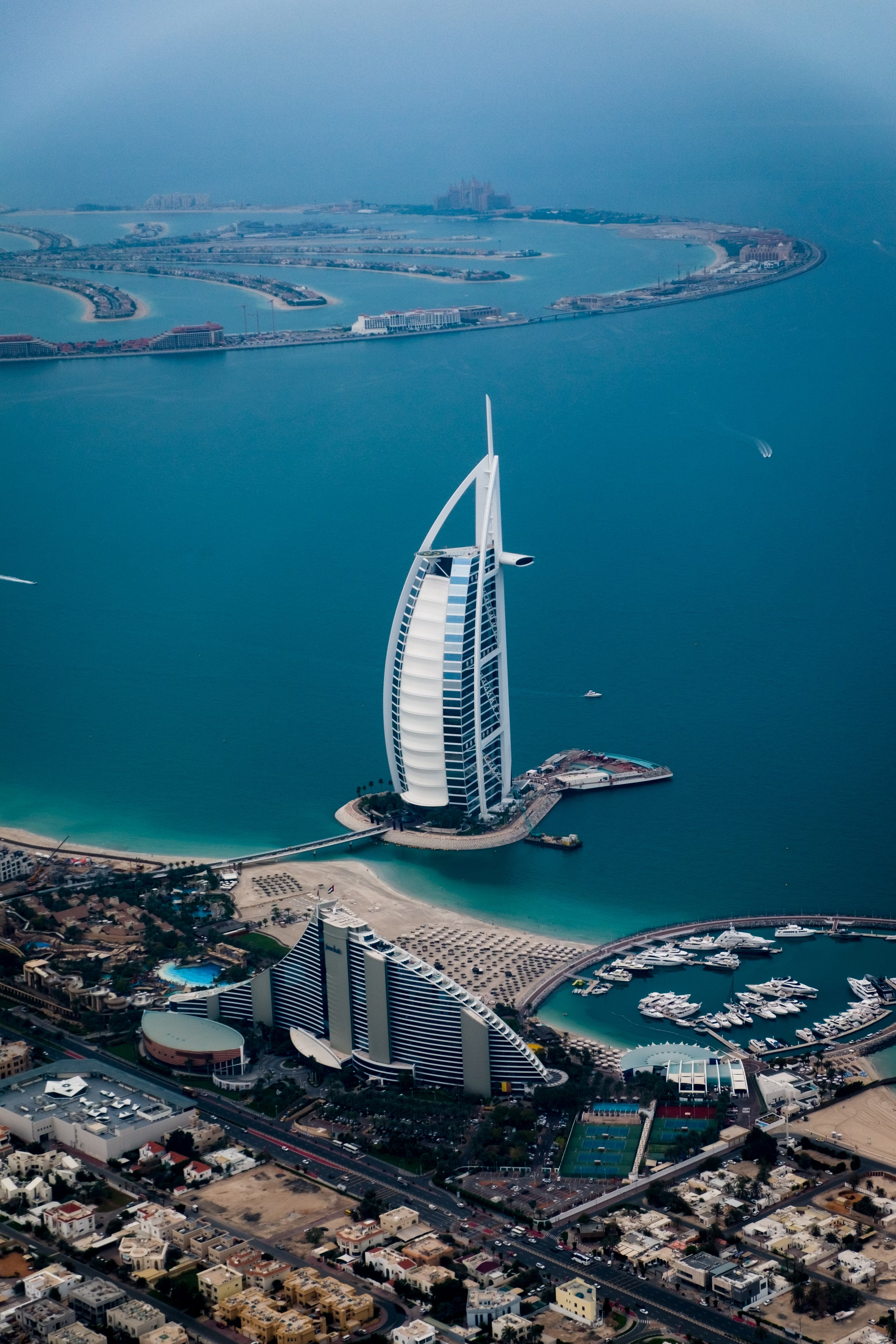

Leave a Reply